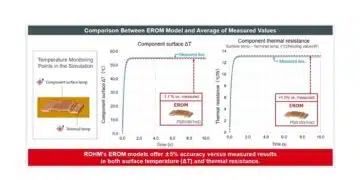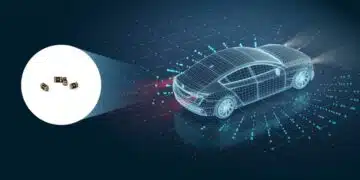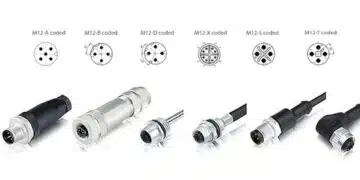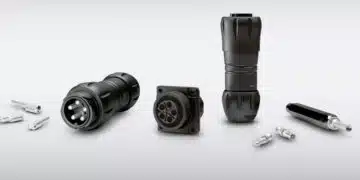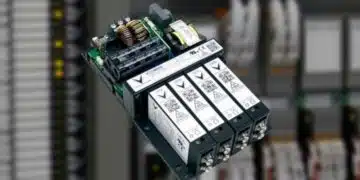prof. Sam Ben-Yaakov in this video provides intuitive explanation of the coupled inductors in SEPIC converters and its comparison to Flyback topology converters.
This presentation introduces an intuitive explanation of the coupled inductors SEPIC (Single-Ended Primary Inductor Converter) converter in comparison to the Flyback topology.
Overview of Flyback Converter
The Flyback converter is a widely-used topology in power electronics. Its basic configuration includes:
- Transistor (Switch): Controls the energy transfer.
- Coupled Inductor (Transformer): Facilitates energy storage and transfer.
Operation:
- Transistor ON: Current flows through the primary winding of the inductor, storing energy.
- Transistor OFF: The stored energy is released through the secondary winding to the output load.
Both Continuous Conduction Mode (CCM) and Discontinuous Conduction Mode (DCM) are feasible, depending on the load and design.
further reference: Flyback Converter Design and Calculation
Introduction to SEPIC Converter
The SEPIC topology was developed at IBM and has two primary configurations:
- Uncoupled Version: Utilizes two separate inductors, a transistor, a capacitor, and a rectifier.
- Coupled Inductors Version: Features coupled inductors, a capacitor, and a rectifier.
Key Characteristics:
- The presence of a capacitor necessitates a shared ground, making SEPIC a non-isolated topology.
- Despite structural differences, SEPIC and Flyback share fundamental operational principles.
further reference:
Comparative Analysis of SEPIC and Flyback Topologies
- Transfer Ratio:
- Both topologies exhibit similar voltage transfer ratios.
- Operation with Transistor ON:
- In SEPIC, the capacitor is directly connected to the secondary inductor. The voltage across the primary matches the input voltage.
- Operation with Transistor OFF:
- The current flows from the secondary inductor to the output. The loop voltage sums to zero, indicating no need for capacitor charge redistribution between states.
Impact of Coupling Coefficient
- Flyback: High coupling coefficients minimize oscillations, but leakage inductance leads to energy losses, reducing efficiency.
- SEPIC: Operates optimally with slight leakage (coupling coefficient < 1). Leakage energy is recycled, enhancing efficiency and mitigating oscillations.
Simulation Insights
A simulation compared both converters under ideal conditions:
- Ideal Coupling (Coefficient = 1): SEPIC exhibited smooth operation with minimal oscillations, even with large capacitors.
- Realistic Conditions (Coefficient = 0.99): Flyback exhibited voltage spikes and oscillations, mitigated by adding snubbers and clamps. SEPIC maintained stable performance without additional components.
RMS Current Comparison
- SEPIC’s RMS current in the primary inductor is significantly lower than that of the Flyback, contributing to better efficiency.
Key Takeaways
- Gain Consistency: Both converters have similar gain characteristics.
- Design Flexibility: Flyback allows for variable turns ratios, offering greater output voltage flexibility.
- Isolation: Flyback provides isolation; SEPIC does not.
- Efficiency: SEPIC exhibits higher efficiency due to recycled leakage energy.
- Component Requirements: SEPIC reduces the need for snubbers and clamps, simplifying design.
- EMI Performance: SEPIC generates less EMI compared to Flyback.
Conclusion
While SEPIC might seem complex, it offers significant benefits, especially in applications requiring stable, efficient power conversion with minimal EMI. Its similarities to Flyback topology simplify the learning curve, making it an excellent choice for various power management scenarios.





